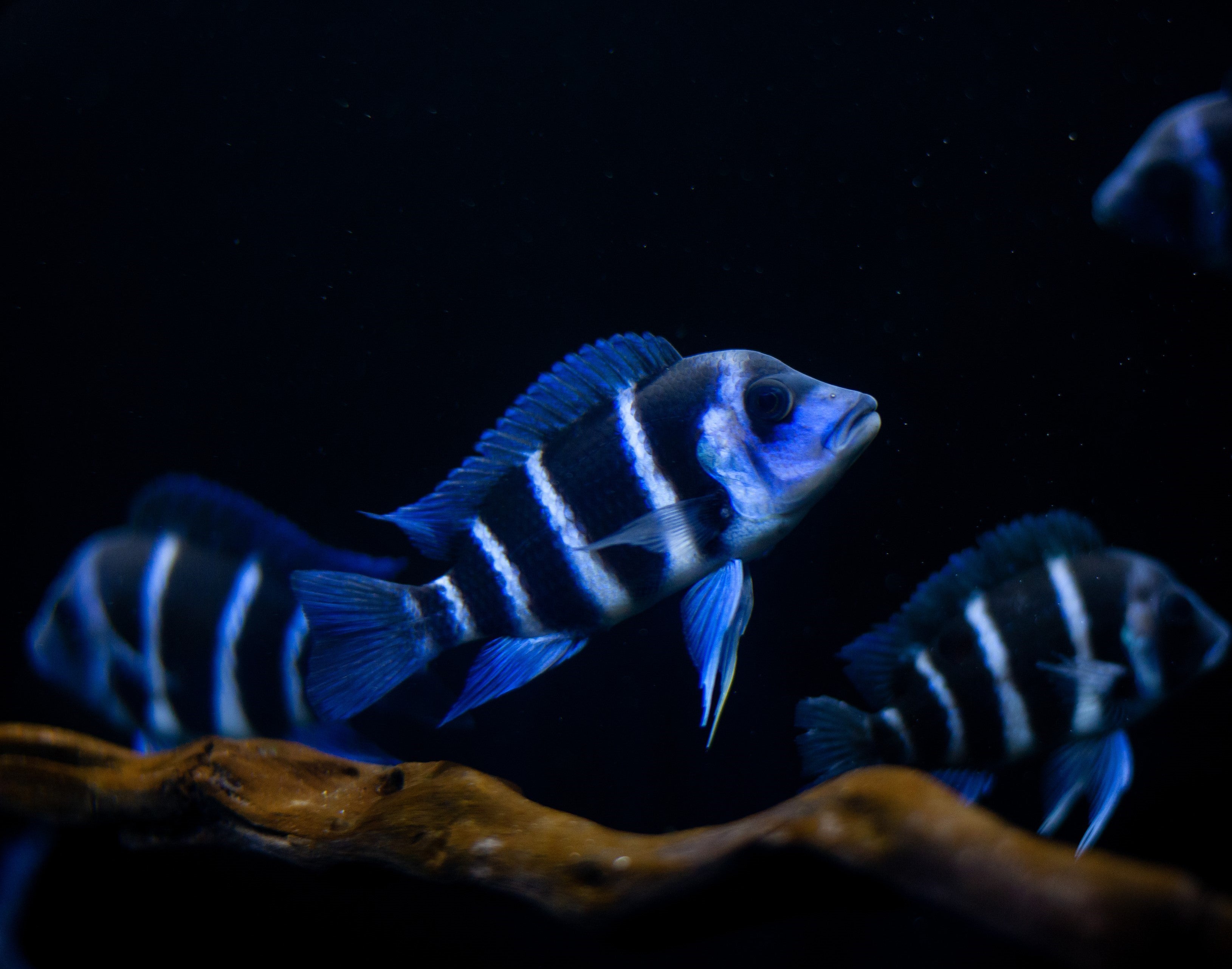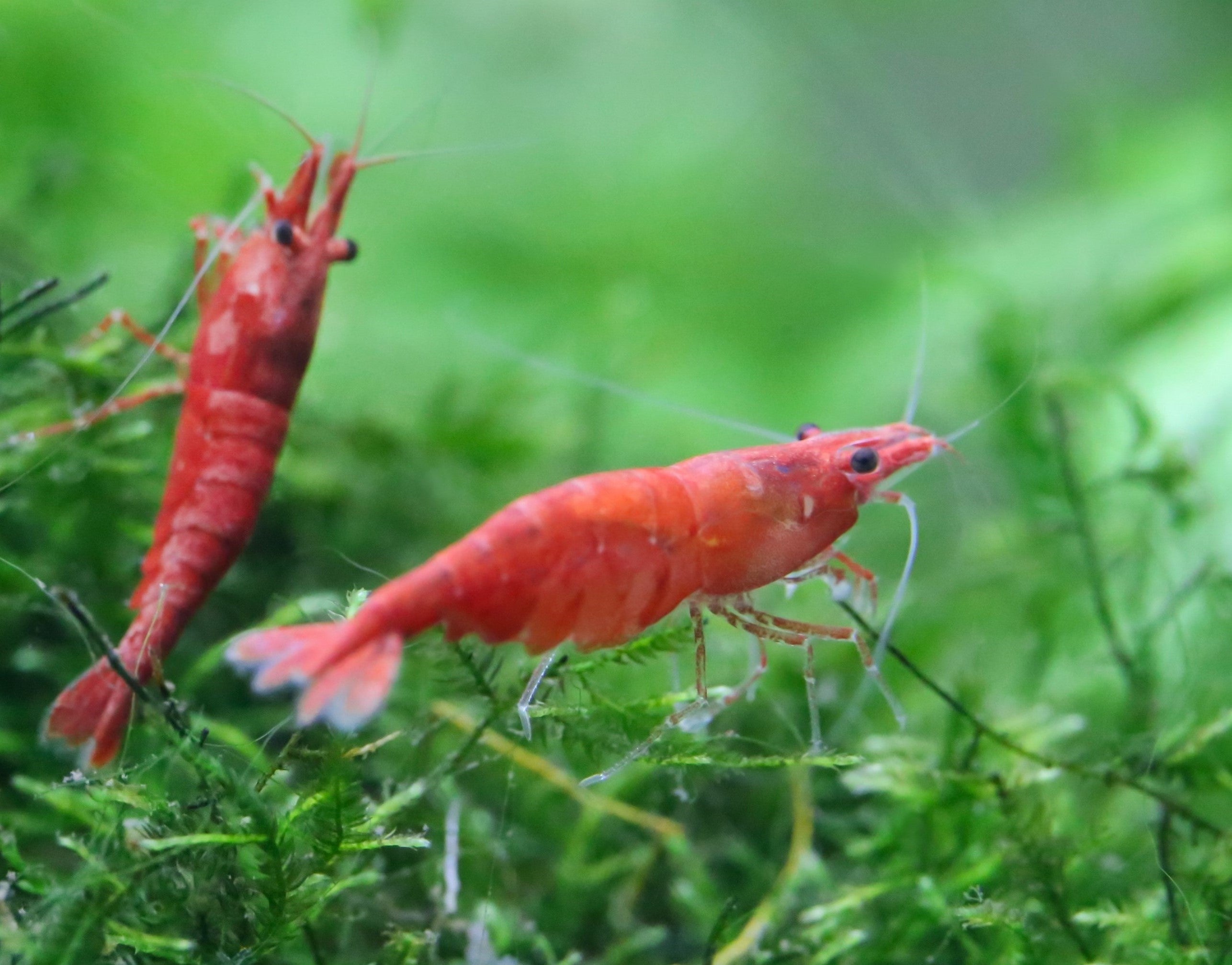Fighting Fish Type and Behaviour
Bettas otherwise known as Siamese fighting fish are an excellent fish choice for smaller aquariums. They make great pets and really do have their own personalities, more on that later. You can get bettas in a variety of different forms and colours; koi, crown tail, dumbo ear and plakat are all great types of bettas with very different appearances. It is worth doing some research to find what type you like the best. Most people like fighting fish because of their long flowing fins, although some types of bettas have shorter fins like plakat bettas. Males are popular as they tend to be more colourful and have longer fins than female bettas. Male bettas can be especially aggressive, they will flare their fins to assert dominance if they see other bettas. However, even though they are aggressive they will quickly become personable and come to the front of the tank to greet you, especially if there could be food! Although bettas have gills, they also have a labyrinth organ meaning they can use air to breathe, you will regularly see your betta swim to the surface to breathe. You may see an area of foam appear at the surface of the water if you keep a male fighting fish. Male fighting fish build bubble nests when they are healthy and want to breed. When breeding the female betta will lay her eggs in the bubbles. Do some more research before trying to breed fighting fish as there are some important techniques to follow. Lastly, bettas are smart, and exhibit completely different behaviour when compared to small schooling fish like danios for example, this is because bettas are micro predators which eat insects in the wild. Because of their nature they swim with purpose, and you can see them thinking which is why they are a great fish choice if you want a fish with character!
Tank Size and Equipment
Bettas can make great pets and are a perfect single fish option if your aquarium is on the smaller side. There are some rules to follow when setting up a planted betta fish tank. First, ensure your tank is large enough, a minimum of 5 gallons is normally recommended for a single fighting fish and around 15-20 gallons if you are adding tankmates in with your betta. Please read the tankmates section below for more information about mixing other fish species with your betta. Make sure you have a lid on the aquarium as bettas are well known to jump and can easily jump out of a tank. You will also need a heater to keep the water at around 25 degrees Celsius and you will need a filter in your betta aquarium. Make sure the flow is not too strong as long finned bettas may struggle against the flow. Small air powered sponge filters are a great option. Very deep tanks are not ideal for bettas as they need to be able to easily reach the surface. Be sure to cycle your filter before buying your betta.
Tankmates for Bettas
Because bettas are so aggressive you would be forgiven to think they are only ever kept alone, and while this is normally the case adding tankmates to your betta tank can be done in some scenarios. If you wish to try and mix your betta with other fish, there are a few things to keep in mind. First, male fighting fish should be kept separately in aquariums, if you introduce two male fighting fish into the same tank they will fight to the death. If you wish to mix your betta with other fish, you should choose smaller schooling species or peaceful bottom dwellers which do not pose a threat to your betta or look like another betta. Species like cardinal tetras, corydoras, harlequins, kuhli loaches and ember tetras can all work well when kept with a male fighting fish that has a peaceful temperament.
When adding tankmates for your betta consider your betta’s personality, some bettas are more peaceful than others. When you buy a fighting fish from a shop which keeps them in small separate tanks it is hard to know what their temperament is like. If you wish to mix your betta with other species your best bet is to choose a betta which is currently being kept with other fish already at the shop. This way you can get an idea of their personality before you buy them. Unfortunately, not all bettas can be kept with other fish, some are too aggressive. When picking the fish to go with your betta think about going with the fish which are currently being kept in the same tank as them at the shop. Lastly please note, generally we recommend only keeping other fish with your betta if you tank is at least 60cm in length and around 15-20 gallons, this will give the other fish enough room to school and hide if they feel stressed.
When aquascaping your betta tank feel free to decorate it however you like. We suggest setting up your betta aquarium to look natural, using sand, rocks, wood and live plants. Adding a few live plants can really bring your betta tank to life and make it look more colourful. Live plants are great for the water quality as they absorb nitrate. Rocks, wood and live plants act as natural stimulation for your betta giving them areas to explore and retreat to. Long fin bettas can easily rip their fins so be careful not to add sharp wood or rock into the tank. Bettas spend some of their time resting which means they lay in one spot, especially at night. It’s a good idea to have an area near the surface for them to rest on so they can easily reach the surface, live plant leaves can act as a great natural betta hammock.
Feeding
Bettas will readily accept flake, frozen food and micro pellets, although bettas will eat normal tropical flake food it’s best to get a food designed specifically for bettas. You’ll find betta dry food available at most aquarium shops. Frozen bloodworm can be a great treat for your betta a few times a week. Remember your betta is a small fish so only feed a small amount once a day, make sure all the food gets eaten within 2 minutes. If your fighting fish is new do not be alarmed if they don’t eat for the first day or two, they need a little bit of time to settle in.
Firstly, if you follow this guide, you will have much less of a chance of running into issues down the line. A lot of problems people encounter when keeping fighting fish is due to them not housing their fish correctly or having incompatible tankmates. However, this does not mean you will not run into problems, as even the most experienced fish keeper will run into problems from time to time. If your betta fish decides it does not like its’ tankmates there is not much you can do other than rehome the betta or the other fish, on the plus side this can be a great reason to setup a second aquarium! You will need to keep an eye out for health issues developing, regularly look closely at your betta and observe their behaviour. White spots, pale patches, cloudy eyes and cotton wool like growths are all signs that your betta has either parasites or a bacterial issue. If you are not sure what to treat your fish with take some photos and visit your local aquarium shop, they will be able to advise you the best treatment options. Alternatively, there is a lot of great information available online and forums where you can share photos and questions.
AQUAnatur
We wish you the best of luck with your betta and hope this article was helpful. Let us know your thoughts in the comments below and don’t hesitate to contact us if you have a question. Our expert team are happy to help!
By Alasdair McPhail




Leave a comment
All comments are moderated before being published.
This site is protected by hCaptcha and the hCaptcha Privacy Policy and Terms of Service apply.